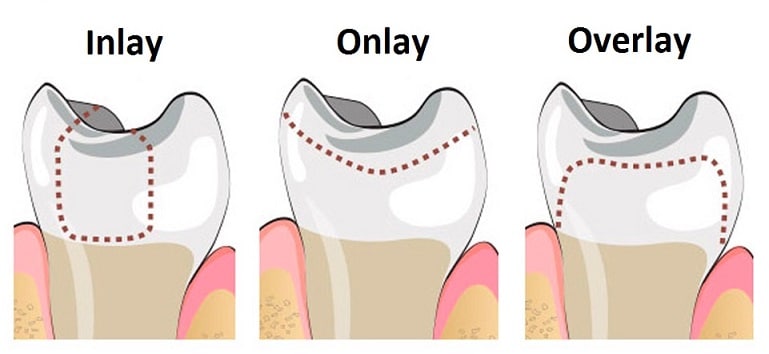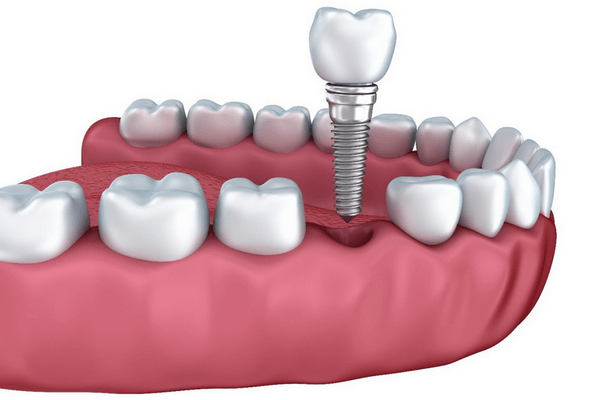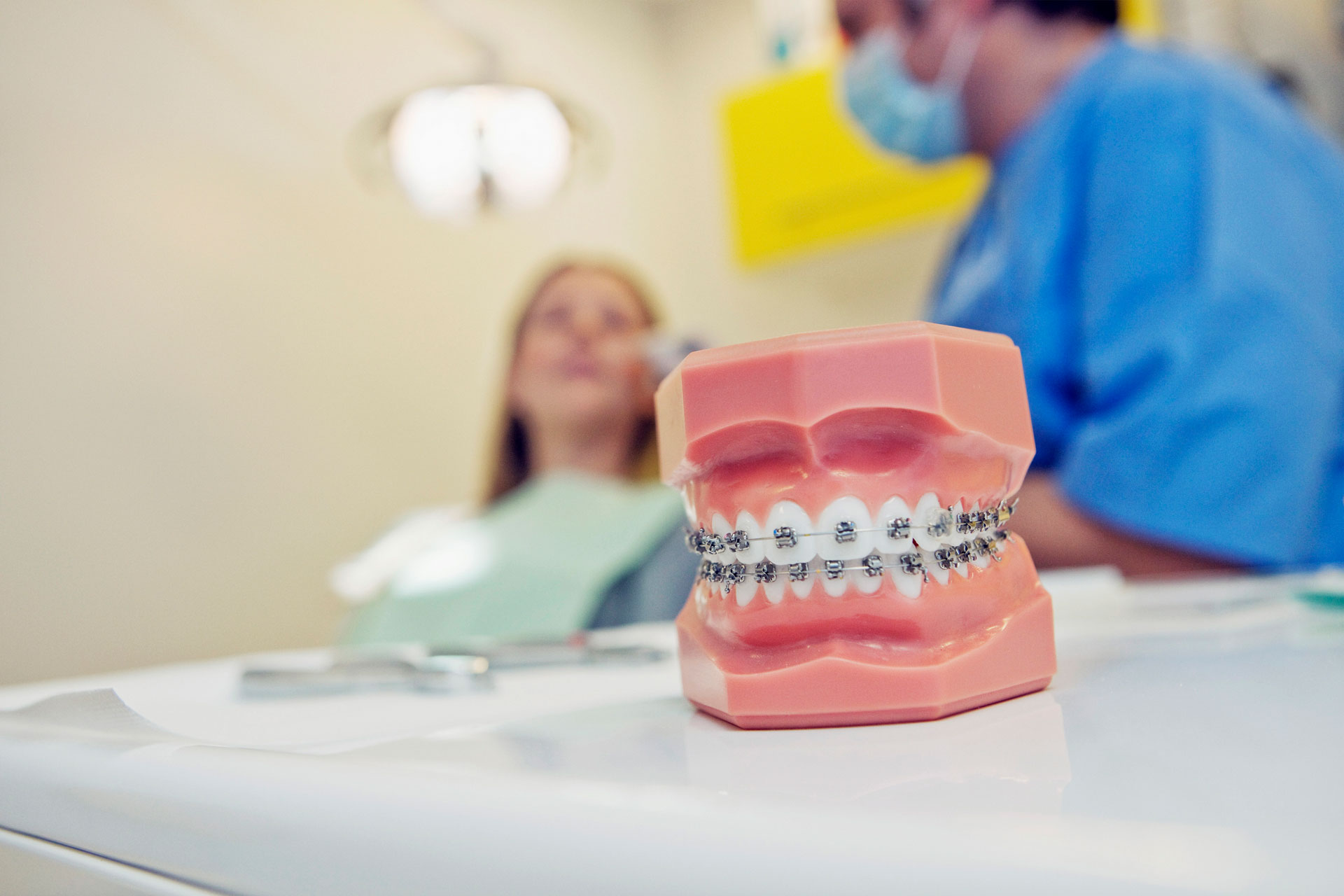Not Every Cavity Needs a Filling Here’s a Smarter Alternative

Strong 8k brings an ultra-HD IPTV experience to your living room and your pocket.
When it comes to treating cavities, fillings are often the first solution that comes to mind. But what if there was a longer-lasting, more precise way to repair your tooth? That’s where Inlays & Onlays in Rochdale can make a real difference. These custom-made restorations are designed for cases where a filling might not be enough, but a full crown isn’t necessary either. They offer the perfect middle ground, helping you hold onto more of your natural tooth while strengthening it at the same time.
Inlays and onlays are used to repair damaged or decayed areas on the chewing surfaces of your teeth, especially molars. They are often made from strong materials like porcelain or composite resin and are bonded securely into place. The result is a durable, natural-looking fix that supports your bite and keeps your smile intact.
Why Choose Inlays and Onlays Instead of Fillings or Crowns?
It’s easy to assume that all cavities should be filled and deeper damage calls for a crown. However, every tooth and every patient is different. Inlays and onlays are ideal when a cavity is too large for a filling to hold up, yet not extensive enough to remove more tooth structure for a crown. This way, you only treat what’s necessary.
They’re also incredibly durable. While traditional fillings can wear down or crack over time, inlays and onlays are crafted to last many years. Their precise fit also means there’s less chance of bacteria sneaking in and causing further decay.
The Difference Between Inlays and Onlays
The terms sound similar, but they do slightly different jobs. An inlay fits inside the grooves of your tooth, like a puzzle piece dropped into place. It’s used when damage is contained to the center of the tooth. An onlay, on the other hand, covers one or more of the tooth’s cusps (the raised edges), extending slightly over the surface. This offers extra strength when a larger portion of the tooth needs support.
Both inlays and onlays are created in a dental lab after your tooth has been cleaned and shaped. That means they’re tailored to your specific needs, with care taken to match the color and contour of your natural teeth.
A Step-by-Step Look at the Process
The journey to getting an inlay or onlay usually begins with a thorough examination. Your dentist will first determine whether this type of restoration is right for your tooth. If so, they’ll start by removing any old filling or decayed material. The area is cleaned and shaped carefully to make space for the new piece.
Next, an impression is taken. This is what the lab uses to craft your custom inlay or onlay. While you wait for it to be ready (usually about a week), a temporary filling or cover is placed to protect the tooth.
Once your inlay or onlay is ready, you’ll return for a second visit. The dentist will test the fit and make sure your bite feels natural. After that, the restoration is bonded in place, giving your tooth a fresh, strong surface.
The Long-Term Benefits of Precision Dentistry
One of the most rewarding things about inlays and onlays is how well they preserve natural tooth structure. With fillings or crowns, there’s often more removal of healthy enamel. But with this middle-ground option, your dentist keeps as much of the original tooth as possible.
Not only does this mean better long-term oral health, but it also helps your tooth maintain its natural strength and stability. Plus, inlays and onlays are stain-resistant and blend in beautifully with surrounding teeth, so your smile stays bright and even.
How to Know If You Might Need One
Many patients don’t know they’re a good candidate for an inlay or onlay until they’re shown on an X-ray or exam. If you’ve had repeated work on the same tooth, or if your current filling is starting to fail, this could be the next logical step.
Signs might include sensitivity when chewing, discomfort in a back tooth, or a visible crack. If caught early, your dentist can preserve more of your tooth by opting for an inlay or onlay instead of waiting until a crown is needed.
Caring for Your New Restoration
Once in place, an inlay or onlay requires no special care. Just follow a good daily routine—brushing twice a day, flossing, and keeping up with regular checkups. With proper care, these restorations can last 10 to 15 years or even longer.
Avoid biting hard objects like ice or pens, and be mindful of clenching or grinding, which can wear down even the strongest materials. If you tend to grind at night, your dentist might suggest a night guard to protect your teeth.
Making Treatment Comfortable and Stress-Free
Dentistry has come a long way, and getting an inlay or onlay is usually a painless, straightforward experience. Numbing the area is quick and gentle, and the use of digital impressions in many practices has made the process more comfortable than ever before.
What patients often appreciate most is the sense of control and clarity throughout the treatment. There’s no guessing. Your dentist will walk you through each step and help you feel confident in your decision.
It’s Not Just About Fixing Teeth — It’s About Protecting Smiles
Teeth aren’t just tools for chewing—they’re a big part of how we connect with others. When something feels wrong in your mouth, it affects more than just eating. It can affect how you speak, laugh, and even how you feel about yourself.
By choosing a conservative and smart treatment like inlays or onlays, you’re choosing to protect your smile for years to come. You’re avoiding bigger problems later by taking a measured step now.
So whether you’ve noticed discomfort in one tooth or your dentist has suggested a better solution than another filling, it may be time to explore the advantages of Inlays & Onlays in Rochdale.
Note: IndiBlogHub features both user-submitted and editorial content. We do not verify third-party contributions. Read our Disclaimer and Privacy Policyfor details.




